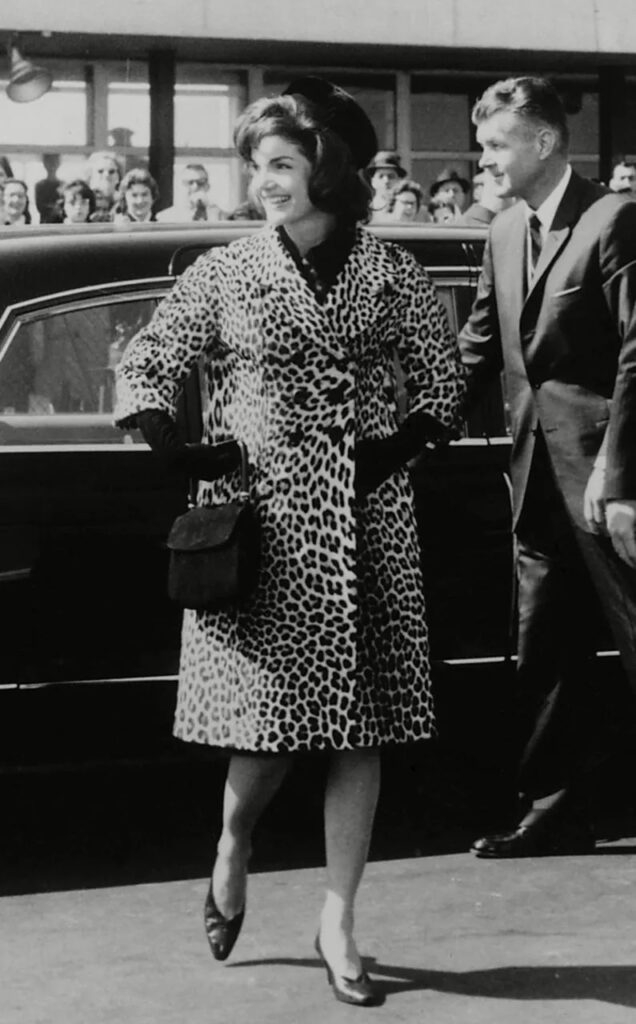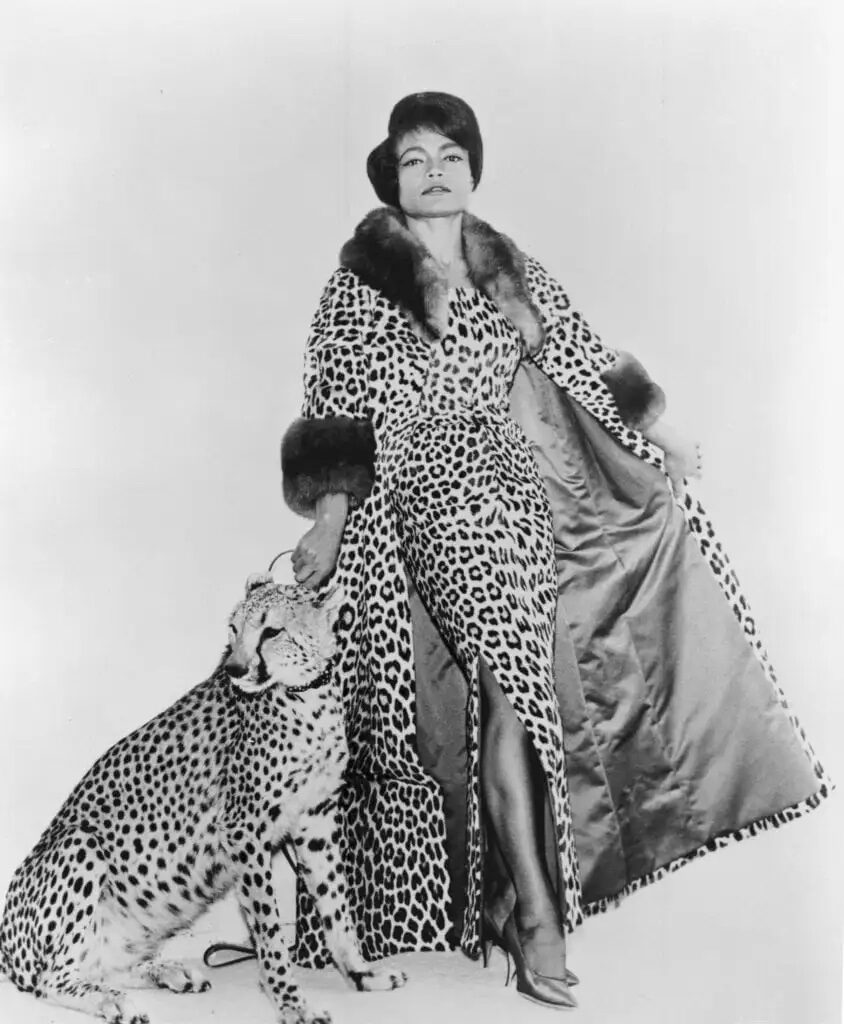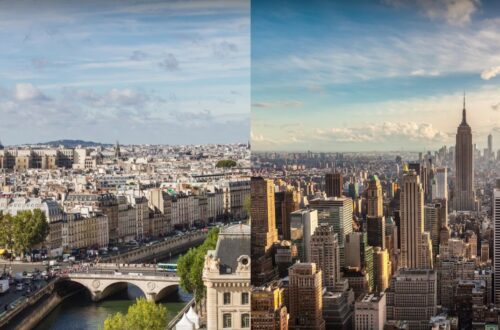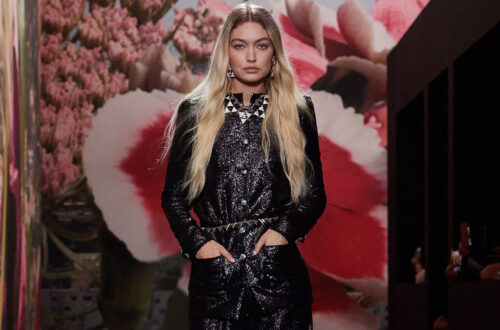
No other print has embodied so many contradictory meanings as leopard print, which has been at the same time a symbol of status and luxury for some, and of being tacky for others. The sophisticated symbolism behind it has made it an inseparable part of fashion. Its popularity may rise and decline, but leopard print has a significant cultural resilience.
To follow its traces, we go back in time to the early civilizations. Long ago, our ancestors used the pelts of the animals they killed as clothing. Gods of different civilizations such as Seshat, the Egyptian goddess of wisdom, and Dionysus, the Greek god of wine and hedonism, were often depicted wearing leopard print. Many cultures throughout history believed that whoever wears animal skin obtains the animal’s power. Leopard fur was worn by rich kings and powerful nobility and established itself as a symbol of wealth and status. Then, as mass production in the 20th century allowed for many fabrics (including leopard print) to become accessible to a big audience, leopard print rose to fame among the masses.
The first designer to let leopard print roar on the catwalk was Christian Dior. Presenting two elegant leopard looks in his 1947 New Look collection, he declared “To wear leopard you must have a kind of femininity which is a little bit sophisticated. If you are fair and sweet, don’t wear it.” Leopard print has a certain bold allure, and as Jo Weldon (author of the perfect coffee table leopard-themed book) puts it, it’s ‘a pattern that helps animals blend in and humans stand out.’
In the 1960s, former First Lady Jackie Kennedy wore a magnificent leopard fur coat, and it didn’t go unnoticed at all. The coat was so popular that it became the cause of death of thousands of leopards (until in the 1970s, the world eventually grew a conscience and banned hunting wild cats). Jackie was a respected housewife, a perfect lady, and her wearing leopard print gave the fabric a respectable look. However, around the same time, leopard print adopted a sexual connotation, in part due to Hollywood’s portrayal of the sexually predatory older woman (cougars) with trademark for leopard print –such as Ann Bancroft’s character in The Graduate. This proved the importance of class in fashion and demonstrated how who the wearer is impacted the perception and the judgements of fashion. On Jackie Kennedy, the leopard print was seen as respectable and elegant. On older sexually available women, it was as a desperate borderline aggressive attempt to capture youth, while on women of lower class, such as the call girl Alabama in True Romance, it was tacky and cheap.

By the beginning of the 70s, leopard print had established itself as trashy, which made it even more popular on the scene of counterculture, rejection of societal norms by the youths and rebellion. In the 70s, rock n roll culture adopted the leopard print and icons like David Bowie and Freddie Mercury were spotted in a wild look. Feminists and femme fatales, Elizabeth Taylor and Eartha Kitt all took advantage of the daring sexual nature of the print. And why is leopard print found so sexy and attractive? The answer lies in a psychological process called misattribution of arousal – we interpret the animal print as danger, but our brain mislabels it as arousal. Leopard print is the epitome of a desire for danger. Maybe this wilderness is why it always makes a comeback.

And what about the fashion scene today? According to Tagwalk, more than 1.3% of all FW24 and RS25 looks were leopard print, and although this percentage has fallen in SS25, we expect its return in the fall, when it’s usually at its peak. While for some brands leopard print has been a staple for a long time, it’s interesting to notice how others are hopping on the trend. Dolce & Gabbana have been loyal to the leopard print ever since the beginning of their career. Its bold and fierce nature perfectly fits with the brand image of D&G, who’s collections have always strived to bring out the wild diva inside the wearer. What’s surprising is that even more simple brands, fans of the “timeless look” have joined the “leopard cult”. Celine, Jacquemus, Alaia, Zimmermann and many more have feature leopard print in their recent collections.
One thing is sure: from fast fashion brands like Zara and Shein, to couture houses like D&G and Roberto Cavalli who build their fashion empires on the print, everyone is raving about leopard. Leopard Louboutin mules, leopard Ganni blouse, leopard Sambas – social media is always on the hunt for a new piece to obsess over. The stores are so over-saturated with the feline flag that the shopping center resembles a jungle. Eventually we’ll get tired of it, and leopard will enter another period of being tacky (perhaps this period is now as we noticed almost no leopard in the SS25 collections), until the spark gets reignited. Trends come and go, but fashion is always a continuity of what we’ve seen before. To quote Fierce: The History of Leopard Print: “we love it or hate it, yet we cannot ignore it. It catches the eye. It may be ‘hot’ one season and ‘trashy’ the next, but for those who refuse to blend in, leopard print will always be in fashion”.
By Angela Kolarova
Sources:
https://www.harpersbazaar.com/uk/fashion/fashion-news/a60521467/history-of-leopard-print/
https://www.nytimes.com/2024/10/14/style/leopard-cheetah-print-fashion.html
https://www.museumofyouthculture.com/leopard-print/
https://rougemag.squarespace.com/blog/the-wild-history-of-animal-print






